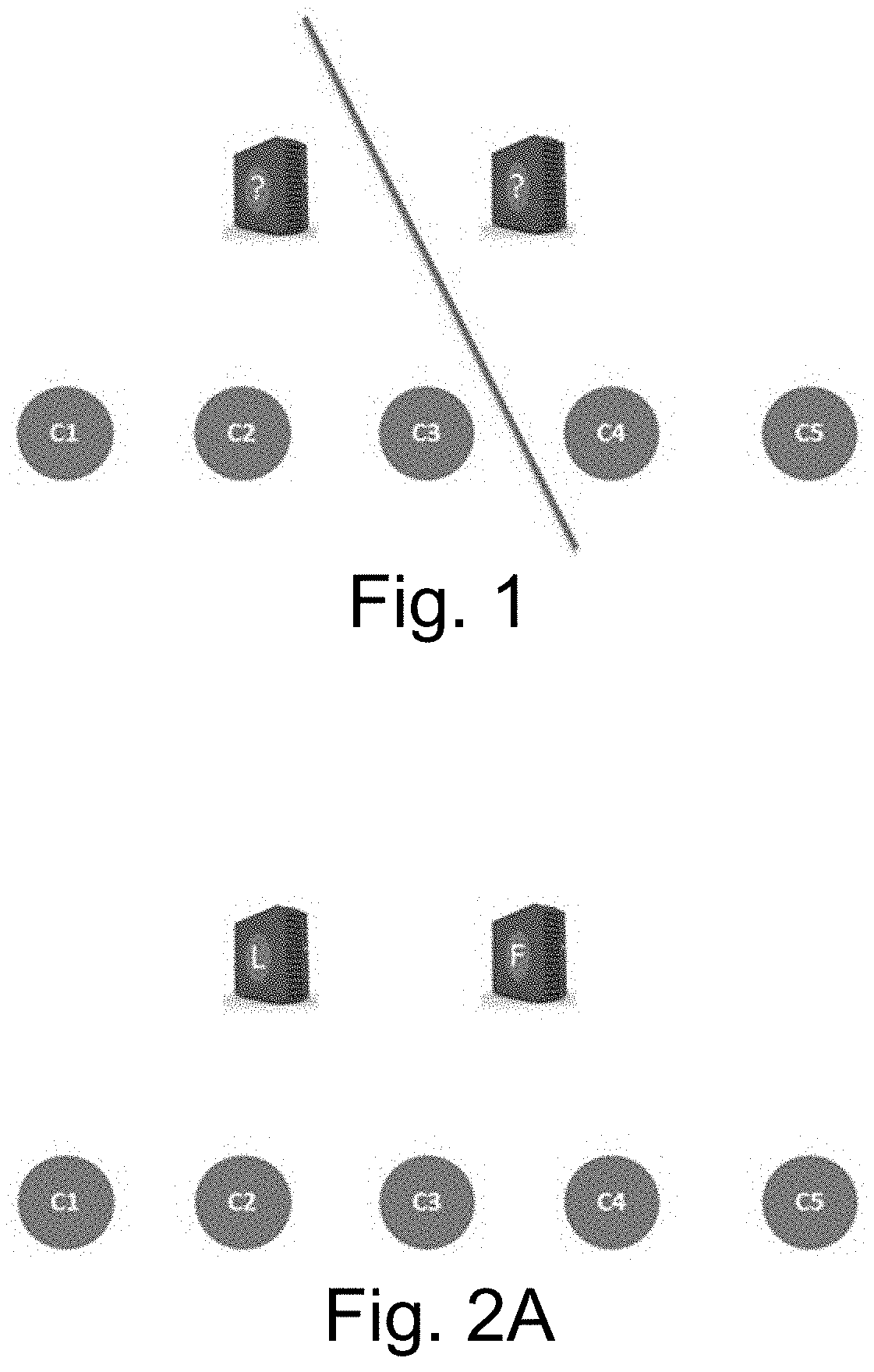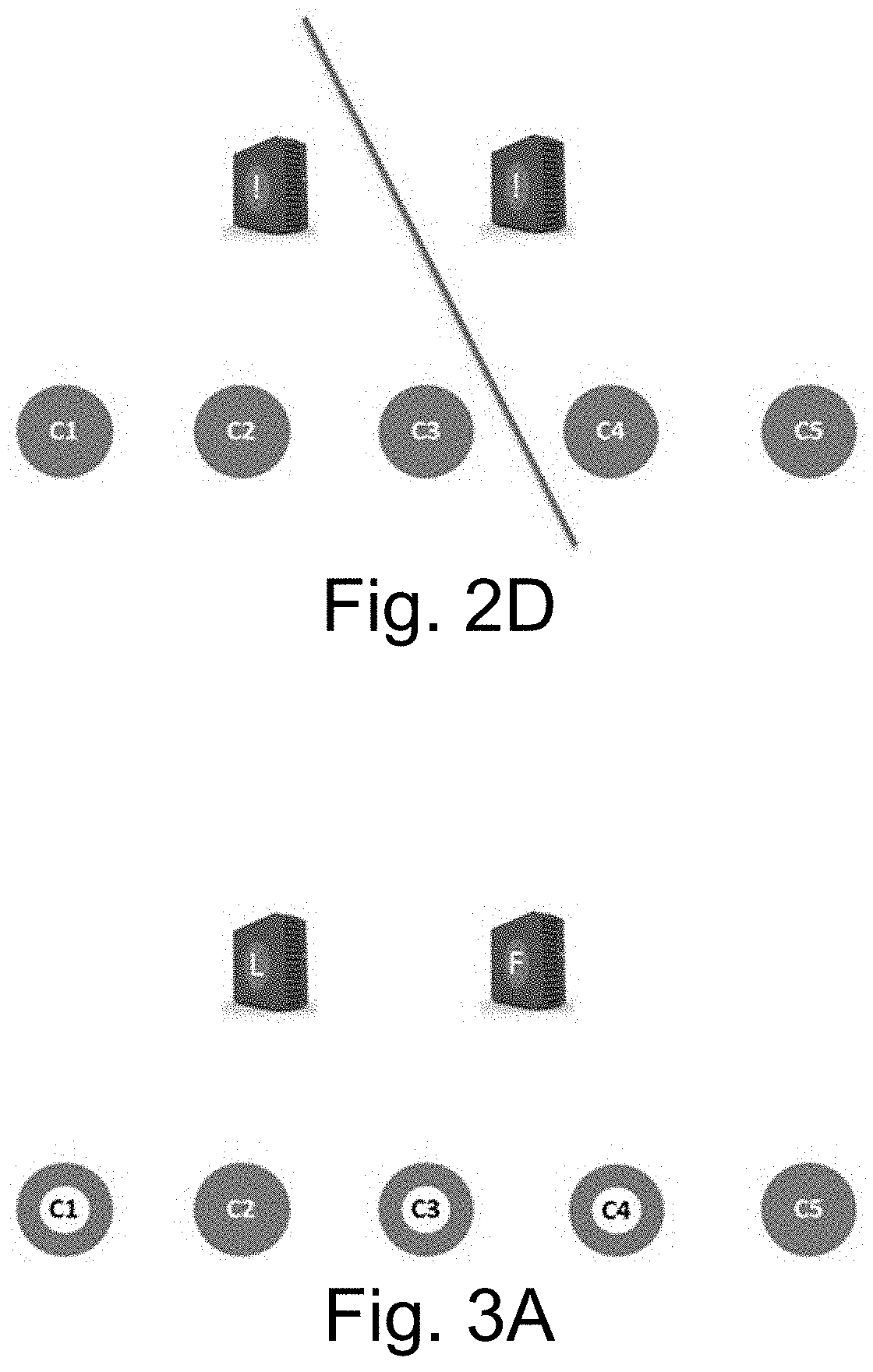System and/or method for maintaining highly-available, consistent, partition-tolerant clusters using client voters
a clustering and client technology, applied in the field of leader election systems, can solve the problems of tight fault tolerance requirements, unsatisfactory topology, and rendering the cluster unavailable, and achieve the effect of improving the availability and fault tolerance of an even-node cluster and improving the availability and fault tolerance of a two-node cluster
- Summary
- Abstract
- Description
- Claims
- Application Information
AI Technical Summary
Benefits of technology
Problems solved by technology
Method used
Image
Examples
example implementation
[0042]Details concerning an example implementation are provided below, e.g., in terms of voter registration and election operations. It will be appreciated that this example implementation is provided to help demonstrate concepts of certain example embodiments, and aspects thereof are non-limiting in nature unless specifically claimed. For example, descriptions concerning example classes, functions, component configurations, etc., are non-limiting in nature unless specifically claimed.
[0043]By way of example, FIG. 4 is a block diagram showing an example server 400 that may be used in connection with certain example embodiments, and FIG. 5 is a block diagram showing an example client 500 that may be used in connection with certain example embodiments. In a distributed computing system according to certain example embodiments, there may be multiple of such servers in a cluster, and one or more of such clients may connect to those servers. The servers in the cluster handle requests fro...
PUM
 Login to View More
Login to View More Abstract
Description
Claims
Application Information
 Login to View More
Login to View More - R&D
- Intellectual Property
- Life Sciences
- Materials
- Tech Scout
- Unparalleled Data Quality
- Higher Quality Content
- 60% Fewer Hallucinations
Browse by: Latest US Patents, China's latest patents, Technical Efficacy Thesaurus, Application Domain, Technology Topic, Popular Technical Reports.
© 2025 PatSnap. All rights reserved.Legal|Privacy policy|Modern Slavery Act Transparency Statement|Sitemap|About US| Contact US: help@patsnap.com



